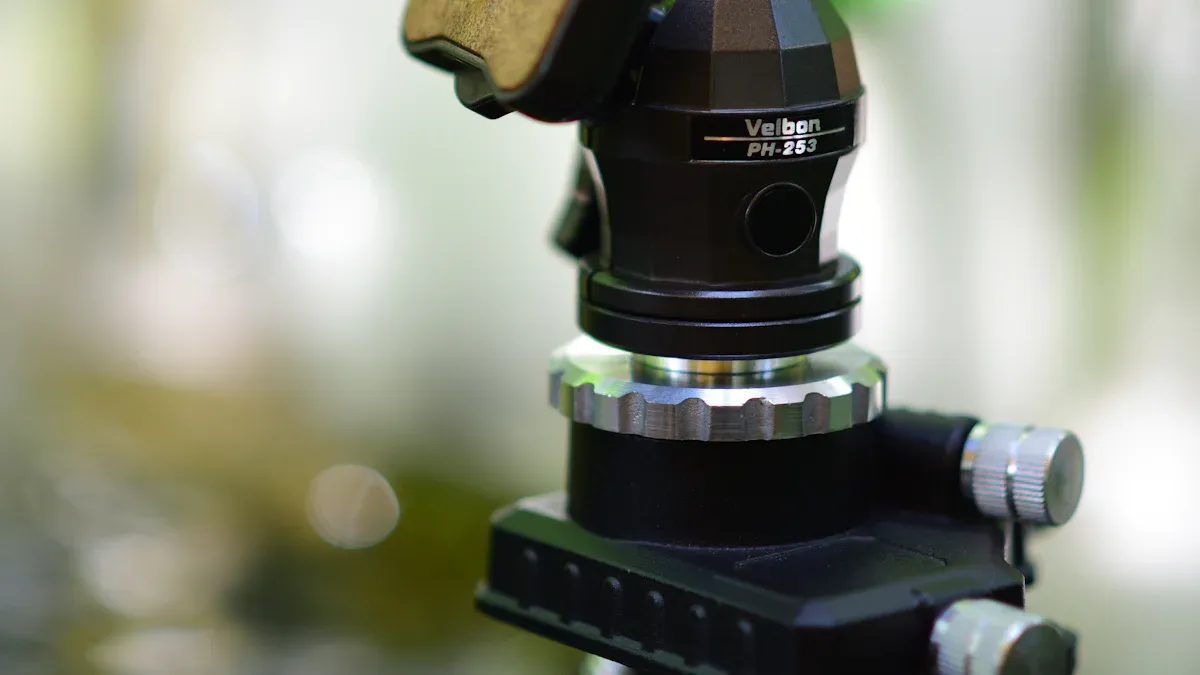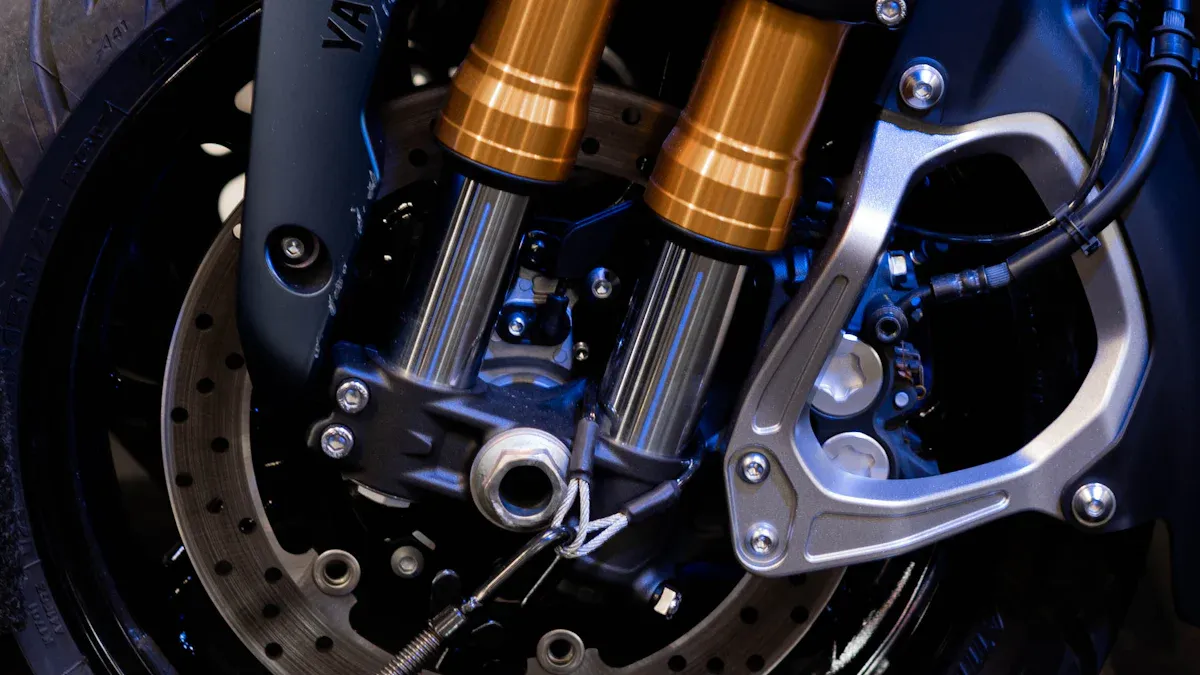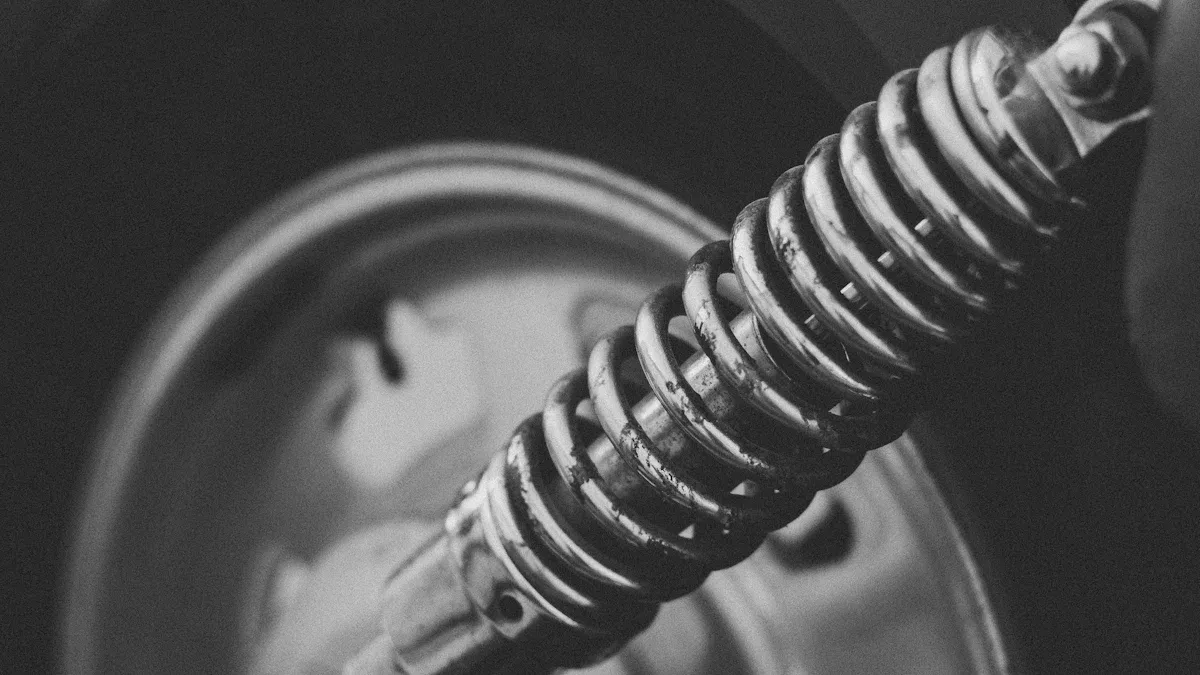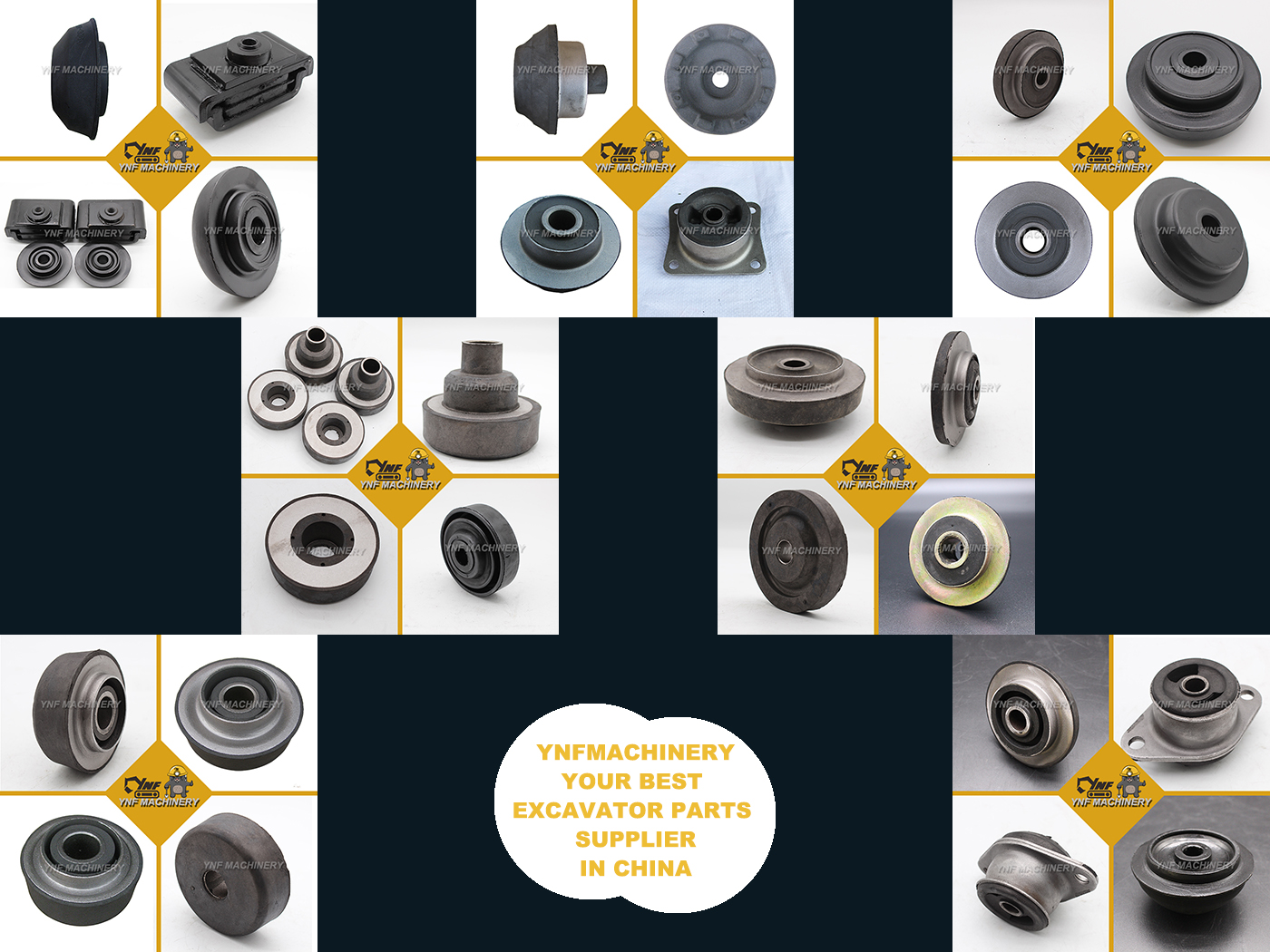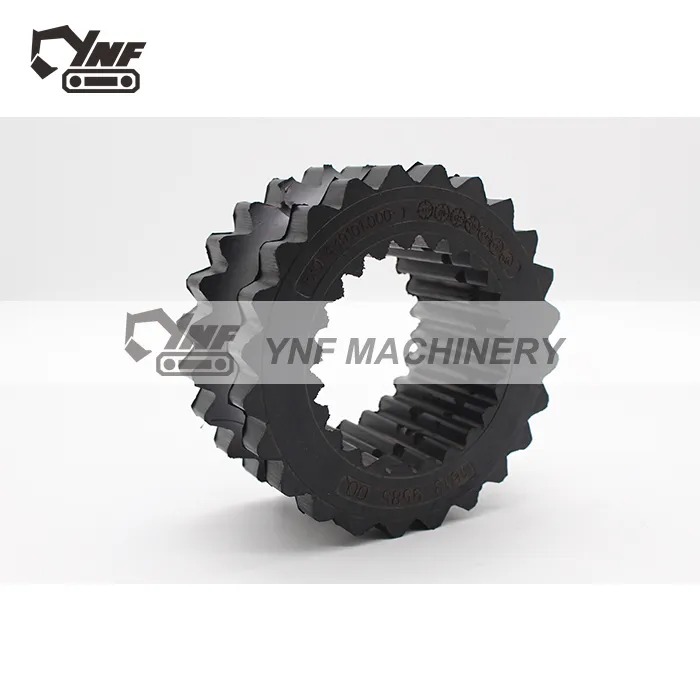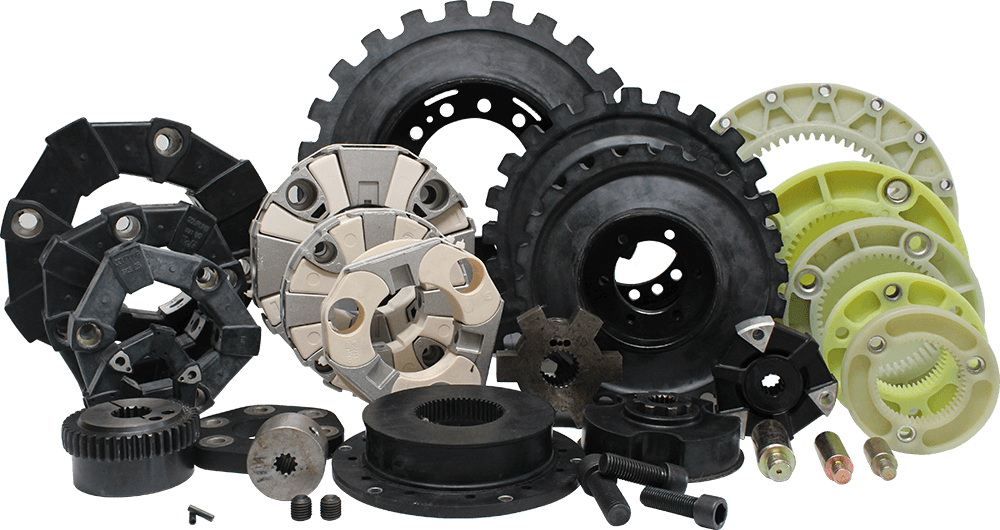Snippet:
Flexible rubber couplings are crucial components in various industries for connecting rotating shafts and mitigating misalignment, vibration, and shock. These couplings enhance machinery performance, reduce noise, and extend equipment lifespan, making them ideal for industrial machinery, automotive systems, and construction equipment. With types ranging from jaw couplings to tyre couplings, selecting the right one depends on torque, alignment, and environmental conditions. Proper maintenance, including regular inspections and alignment checks, ensures long-term reliability. Discover how flexible rubber couplings can optimize your mechanical systems for smoother, more cost-effective operations.
Flexible rubber couplings are essential components in various mechanical systems, used across multiple industries to connect rotating shafts while accommodating misalignment and reducing vibration. This guide will help you understand the applications, benefits, and technical considerations of using flexible rubber couplings in your machinery.
What Are Flexible Rubber Couplings?
Flexible rubber couplings are designed to connect two shafts in a mechanical system, transmitting torque while providing flexibility to accommodate misalignment and absorb vibration. Unlike rigid couplings, rubber couplings allow for a certain degree of movement, which helps prevent damage to connected machinery and extends the lifespan of the components involved.
These couplings are typically made from high-quality rubber compounds that provide durability and elasticity, ensuring efficient torque transmission while dampening shock and reducing noise.
Why Use Flexible Rubber Couplings?
Rubber couplings are essential in many applications due to their unique properties and capabilities. Here are some of the main reasons why flexible rubber couplings are preferred:
1. Vibration Damping: One of the primary benefits of rubber couplings is their ability to absorb and dampen vibration. This feature is particularly valuable in reducing noise and wear on machinery components, leading to longer equipment life and lower maintenance costs.
2. Misalignment Compensation: Equipment misalignment is common in industrial settings, whether due to installation errors or operational conditions. Rubber couplings can handle angular, axial, and parallel misalignments, protecting the connected machinery from undue stress.
3. Shock Absorption: When machines start or stop suddenly, the resulting shock load can damage mechanical components. Rubber couplings can absorb these shock loads, preventing immediate and long-term damage.
4. Noise Reduction: The elastic properties of rubber help in reducing the transmission of noise between connected shafts, creating a quieter operational environment.
5. Cost-Effective Maintenance: With their inherent flexibility and ability to absorb impact, rubber couplings reduce the likelihood of damage to other components. This leads to reduced downtime and lower maintenance costs over the lifetime of the equipment.
Key Applications of Flexible Rubber Couplings
1. Industrial Machinery
In manufacturing plants, flexible rubber couplings are used to link motors and pumps, fans, compressors, and conveyor systems. The couplings help minimize vibration and accommodate alignment issues, ensuring smoother operations.
2. Automotive Industry
Flexible rubber couplings are crucial in the automotive sector, particularly in power transmission systems. They connect various components, such as the drive shaft and transmission, helping to absorb shock and prevent damage during sudden accelerations or decelerations.
3. Marine and Shipping
Ships and boats utilize flexible rubber couplings to connect engines to propeller shafts, accommodating misalignment due to hull movements and reducing vibration. This not only improves comfort on board but also protects vital machinery.
4. Construction Equipment
Heavy-duty construction machinery such as excavators and bulldozers rely on flexible rubber couplings to connect hydraulic pumps, engines, and other drive components. The couplings’ ability to absorb impact and vibration helps maintain the performance and longevity of these machines in harsh working environments.
5. HVAC Systems
In HVAC systems, rubber couplings are used to connect motors and blowers. Their ability to reduce noise and vibration is essential in creating quieter, more efficient heating and cooling systems.
Types of Flexible Rubber Couplings
Understanding the different types of rubber couplings can help you select the right one for your specific application:
1. Jaw Couplings
Jaw couplings consist of two metal hubs with a rubber insert (spider) between them. This type of coupling is popular for its simplicity and effectiveness in moderate-torque applications. The rubber spider allows for misalignment and vibration damping while maintaining torque transmission.
2. Tyre Couplings
Tyre couplings use a rubber “tyre” that connects two flanges. These couplings are highly flexible and ideal for applications requiring significant misalignment compensation and shock absorption. Their design allows for easy installation and maintenance.
3. Pin and Bush Couplings
This coupling type involves a series of pins and rubber bushes that transmit torque. The bushes provide flexibility and damping properties, making pin and bush couplings suitable for applications where shock absorption is essential.
4. Bellow Couplings
Bellow couplings have a flexible, rubber-like bellow structure between the connecting hubs. They are designed for high-precision applications, providing flexibility while maintaining tight control over angular misalignment.
Benefits of Using Flexible Rubber Couplings
1. Increased Lifespan of Connected Equipment
The ability of rubber couplings to absorb shock and accommodate misalignment reduces stress on connected equipment, extending their operational life.
2. Improved System Reliability
By reducing vibration and preventing the transmission of impact forces, rubber couplings enhance the reliability of the system, minimizing the likelihood of unexpected breakdowns.
3. Lower Maintenance Costs
Frequent repairs and maintenance can lead to increased operational costs. Rubber couplings mitigate the risk of component damage, reducing the need for frequent servicing.
4. Enhanced Safety
By preventing excessive stress on machinery and minimizing the risk of equipment failure, rubber couplings contribute to a safer working environment.
5. Versatility
Rubber couplings come in various designs and materials, making them suitable for diverse applications, from heavy industrial machinery to precision equipment.
Choosing the Right Flexible Rubber Coupling
When selecting a flexible rubber coupling, consider the following factors:
1. Torque Requirements
The torque rating of the coupling should match or exceed the torque generated by the equipment to prevent slippage or damage.
2. Misalignment Tolerance
Evaluate the type and degree of misalignment in your application. Rubber couplings vary in their capacity to accommodate angular, parallel, and axial misalignments.
3. Vibration and Shock Load
Determine the level of vibration and potential shock load in your system. Couplings with higher damping properties are ideal for systems with significant vibration.
4. Temperature and Environmental Conditions
Consider the environmental conditions where the coupling will be used. High temperatures, exposure to chemicals, or outdoor environments may require specialized rubber compounds with enhanced durability.
5. Size and Installation Constraints
Ensure the chosen coupling fits within the space constraints of your machinery and can be installed with minimal effort.
Common Issues and Maintenance Tips
1. Wear and Tear
Over time, rubber components can degrade due to friction, heat, and chemical exposure. Regular inspections can help identify signs of wear before they lead to failure.
2. Alignment Checks
Even though flexible rubber couplings can handle some misalignment, excessive misalignment can reduce their efficiency and lifespan. Periodic alignment checks help ensure optimal performance.
3. Lubrication Needs
Some rubber couplings require lubrication, while others are designed to operate without it. Make sure you understand the maintenance requirements of your specific coupling type.
4. Temperature Management
Excessive heat can accelerate the aging of rubber materials. If your application generates high temperatures, ensure adequate cooling or consider couplings designed for high-heat environments.
Future Trends in Rubber Coupling Technology
As technology evolves, so do the materials and designs of flexible rubber couplings. Innovations include:
1. Advanced Rubber Compounds
New rubber formulations with enhanced durability and chemical resistance are emerging, offering improved performance in extreme conditions.
2. Smart Couplings
Integrating sensors into couplings for real-time monitoring is becoming more common. These smart couplings can provide feedback on torque, misalignment, and vibration levels, allowing for predictive maintenance and improved system management.
3. Sustainable Materials
Eco-friendly rubber alternatives are being developed to reduce the environmental impact of manufacturing and disposal.
Conclusion
Flexible rubber couplings are indispensable in industrial and mechanical applications, offering a range of benefits from vibration reduction and shock absorption to misalignment compensation. Understanding their types, applications, and benefits can help you make informed decisions for your machinery. By selecting the appropriate coupling and maintaining it properly, you can improve the efficiency, reliability, and lifespan of your equipment.



